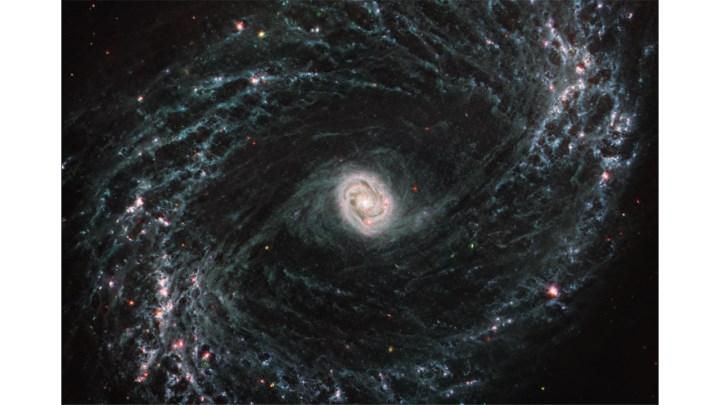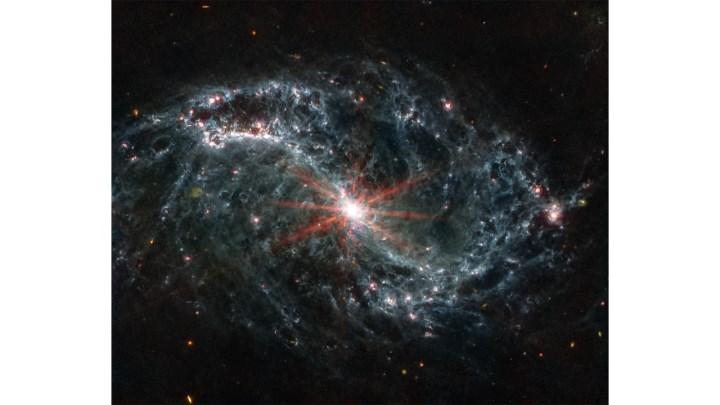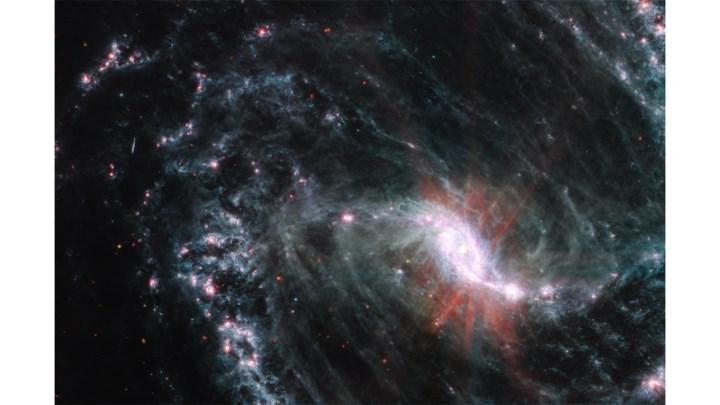 Launched by the American Space and Aviation Administration (NASA) on December 25, 2021, the James Webb Telescope has succeeded in imaging newly formed stars in galaxies close to the Milky Way for the first time. The new images could shed important light on studies of stellar evolution.
Launched by the American Space and Aviation Administration (NASA) on December 25, 2021, the James Webb Telescope has succeeded in imaging newly formed stars in galaxies close to the Milky Way for the first time. The new images could shed important light on studies of stellar evolution.Jamess Webb captured images of nearby galaxies
The study, led by the Physics at High Angular resolution in Nearby Galaxies (PHANGS) collaboration of more than 100 researchers from around the world, includes 19 spiral galaxies captured in the first few months of the space observing telescope. Among these galaxies, M74, NGC 7496, IC 5332, NGC 1365 and NGC 1433 stunned astronomers.
“We’re seeing directly how the energy from the formation of young stars affects the gas around them, and it’s really remarkable,” said Erik Rosolowsky of the University of Alberta, Canada.
 The above image of NGC 7496 is filled with “cavernous bubbles” and “overlapping shells” where the galaxy’s spiral arms overlap each other. According to NASA, it indicates that young stars are releasing energy and in some cases expelling gas and dust from the interstellar medium around them.
The above image of NGC 7496 is filled with “cavernous bubbles” and “overlapping shells” where the galaxy’s spiral arms overlap each other. According to NASA, it indicates that young stars are releasing energy and in some cases expelling gas and dust from the interstellar medium around them.Images captured by Webb’s Mid-Infrared Instrument (MIRI) shed light on the early stages of a star’s life cycle. For those who don’t know, MIRI, the telescope’s only mid-infrared instrument, is used to study the coldest objects and extremely distant galaxies that emit most of their light in the mid-infrared.
Karin Sandstrom, one of the team members, explained that “James Webb allowed them to see the dark areas in Hubble in detail. Thus, Sandstrom noted, “light from star formation is absorbed by dust in the interstellar medium and is reflected back in the infrared, shedding light on a detailed web of gas and dust.”
 Another image of NGC 1365 shows tangles of gas and dust clumps that consume the light of intermediate stars and emit it back in the infrared.
Another image of NGC 1365 shows tangles of gas and dust clumps that consume the light of intermediate stars and emit it back in the infrared.Janice Lee, chief scientist of the PHANG team, said that thanks to the telescope’s resolution, a complete count of star formation can be made for the first time. According to Lee, this census “will help us understand how star formation and feedback affect the interstellar medium, then give rise to or actually inhibit the formation of new generations of stars.”
As it is known, the images captured by the James Webb Space Telescope are broadcast publicly when they reach Earth. At this point, we can say that it offers an incredible opportunity to researchers, including the PHANGS team, to unravel the secrets of the universe.